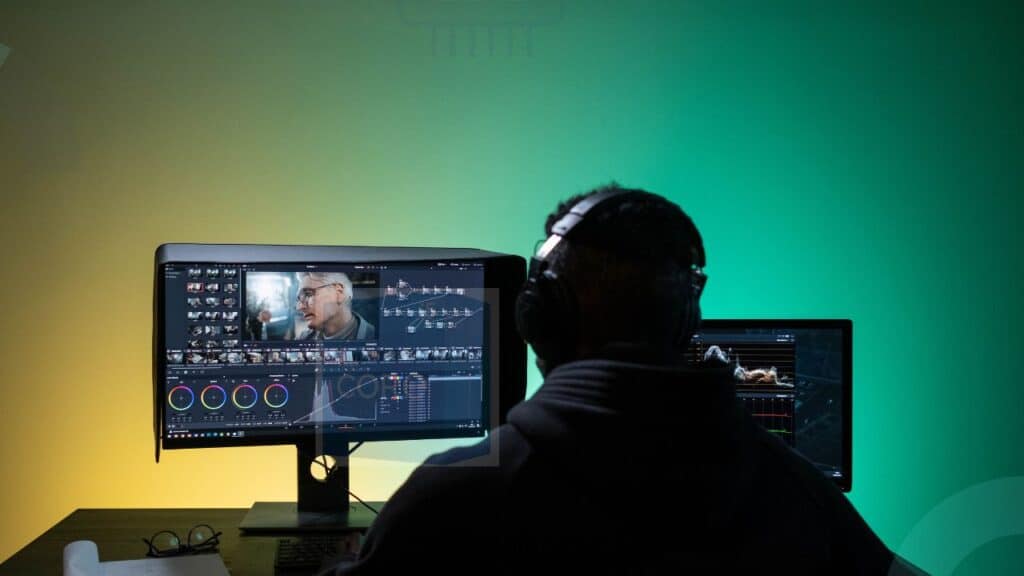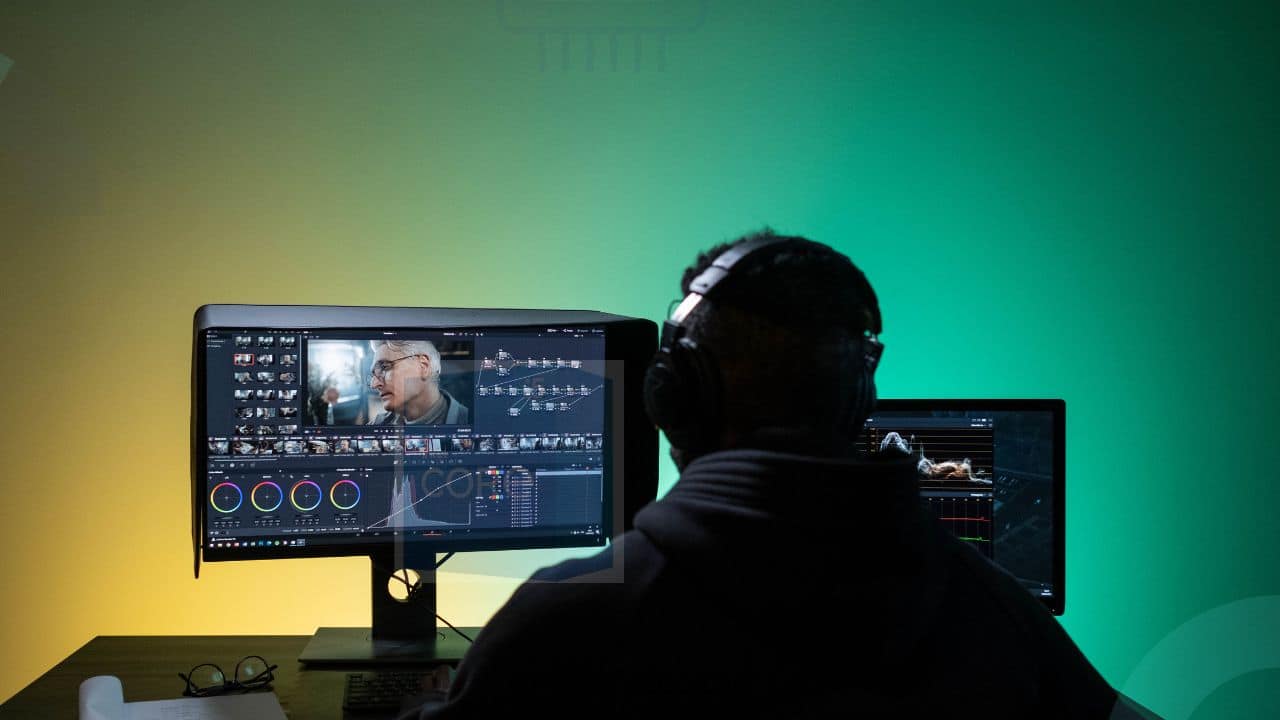One important factor to consider when choosing a computer for video editing is the performance of its processor, specifically whether it has a single-core or multi-core architecture. Single-core processors have one central processing unit (CPU) that handles all tasks, while multi-core processors have multiple CPUs that can work on tasks simultaneously.
For video editing specifically, both single-core and multi-core performance can be important depending on the specific needs of the user. Single-core performance is typically more important for tasks that require a high level of single-threaded performance, such as rendering and exporting video.
Multi-core performance, on the other hand, is typically more important for tasks that can be parallelized and spread across multiple cores, such as applying filters and effects to multiple layers in a video.
Overall, the most important factor for video editing is to have a processor with a high level of performance, regardless of whether it is single-core or multi-core. It is important to carefully consider the specific needs and requirements of your video editing workflow and choose a processor that is capable of meeting those needs.
In this article, we will explore the importance of single-core and multi-core performance for video editing, comparing the pros and cons of each approach. We will also provide recommendations for choosing a computer based on this consideration, helping you make an informed decision for your video editing needs.

Single-Core CPU Performance and Video-Editing
How single-core performance affects video editing
Single-Core Performance determines how well a CPU can handle a specific task where more power to do specific tasks is required. Gaming, for example, demands high single-core performance. These tasks often rely on the speed and efficiency of the processor to complete quickly, and a processor with high single-core performance can significantly reduce the time it takes to complete these tasks.
So, when you have to run a single process like rendering and exporting where sequential processing is happening, single-core performance is going to matter a lot.
Pros of single-core performance for video editing
A processor with high single-core performance may be able to complete tasks faster and with less power consumption, leading to potential cost and energy savings. Additionally, a processor with high single-core performance may be more suitable for laptops and other portable devices, as it may require less power to run and generate less heat.
When you need your CPU to put a great effort into a single task or process, high single-core performance will be beneficial.
Cons of high single-core and low multi-core performance
A processor with lower multi-core performance may struggle to handle tasks that can be parallelized and spread across multiple cores, such as applying filters and effects to multiple layers in a video. These tasks may take longer to complete on a processor with lower multi-core performance, and the overall performance of the computer may be slower. Additionally, a processor with lower multi-core performance may not be suitable for more complex and resource-intensive video editing workflows.
Multi-Core CPU Performance and Video-Editing
How multi-core performance affects video editing?
As we discussed above, a processor with high multi-core performance will be capable of better multitasking. In video editing, it can help in adding filters, layers, previewing, VFX, etc. These tasks often involve multiple processes running concurrently, and a processor with high multi-core performance can significantly improve the speed and efficiency of these processes.
Pros of multi-core performance for video editing
A processor with high multi-core performance may be able to complete tasks that can be parallelized faster and with less power consumption, leading to potential cost and energy savings. Additionally, a processor with high multi-core performance may be more suitable for more complex and resource-intensive video editing workflows, as it can handle multiple processes concurrently.
Cons of high multi-core and low single-core performance
A processor with lower single-core performance may struggle to handle tasks that require a high level of single-threaded performance, such as rendering and exporting video. These tasks may take longer to complete on a processor with lower single-core performance, and the overall performance of the computer may be slower. Additionally, a processor with lower single-core performance may not be suitable for laptops and other portable devices, as it may require more power to run and generate more heat.
Comparison of Single-Core and Multi-Core Performance for Video Editing
It totally depends on your specific video editing requirements and behaviors and which kind of CPU you will have to choose.
For example, if you do not depend on and use a lot of filters, transitions, VFX, and other elements in your videos, you are good to compromise a little on multi-core performance and go towards a better single-core performance where you get other advantages.
The other advantages that you will get with better single-core performance will be better rendering and faster exporting. So, if you do a lot of video editing but do not do heavy editing work, better multi-core performance will be beneficial for you.
But, if you are the one who does heavy editing, use high-resolution videos, and your videos are long, you will have to look at both ends. So, first, know your needs.
Conclusion
I hope this article would have helped you understand the importance of the single-core and multi-core power of your CPU in video editing. So, first, understand your needs and then make a decision.

I am Anshul Rana, an experienced author specializing in PC gear reviews and Windows 10 software tutorials. With a strong passion for technology and an in-depth understanding of the PC industry, I provide insightful and detailed analyses of computer peripherals, gaming gear, and software solutions. My writing style is concise yet informative, making complex topics accessible to both beginners and advanced users. Through my reviews and tutorials, I aim to offer valuable guidance, helping readers make informed decisions to enhance their PC experience and explore the vast possibilities of Windows 10 software.










